Volkswagen will “democratise safety technology” over the coming years as it leverages economies of scale to develop future technologies. The firm will use existing hardware in order to keep costs down and enable its introduction in smaller and cheaper models.
Revealed as Volkswagen’s 'Vision Zero' concept, these new technologies centre around existing camera, radar and sensor features, and see advancements in lighting technology and in-car wi-fi.
The development of this future technology is particularly significant, as the technology will be introduced across all volume brands owned by the German car maker.
The project centres around 10 technologies, the first of which will be introduced from next year.
Park Assist 3.0 is the third generation of automatic parking and now allows automatic 'nose-in' parking, as well as the reverse parallel and reverse perpendicular bay parking. It can also brake automatically to avoid collisions when reversing out of the bay.
Remote control parking allows a car to park in gaps which are too narrow for the driver to open the doors and exit the vehicle. Volkswagen says the technology, which is still a number of years away from series production, makes it easy to park in small spaces or a garage space at the touch of a smartphone or remote control button.
A further evolution of Park Assist is Trailer Assist. It enables the driver to set a trajectory for a trailer, and the rear camera will monitor the path of the trailer and provide appropriate steering inputs. It allows reverse turns of up to 90deg.
Four cameras are employed to deliver Area View 2, which displays an all-round image of far higher resolution than currently available. Each camera has an angle of 190 degrees and displays the information on the screen. Several modes are available, including a bird’s eye ‘composite’, which can show the vehicle’s position within a parking space.
Existing lane departure technology has evolved to reduce the risk of collisions through the driver falling asleep or being taken ill. Should the driver fail to make additional steering inputs and cause the lane departure system to activate, it will make audible warnings and briefly apply the brakes to wake the driver. If further steering inputs are made, the car will pull to a halt while operating hazard warning lights after tightly tugging the seatbelt.
A further development of the same technology provides assistance when travelling through narrow contraflows, and Optical Driver Assist can beam light guides on the road to show the vehicle’s road position when travelling at night.

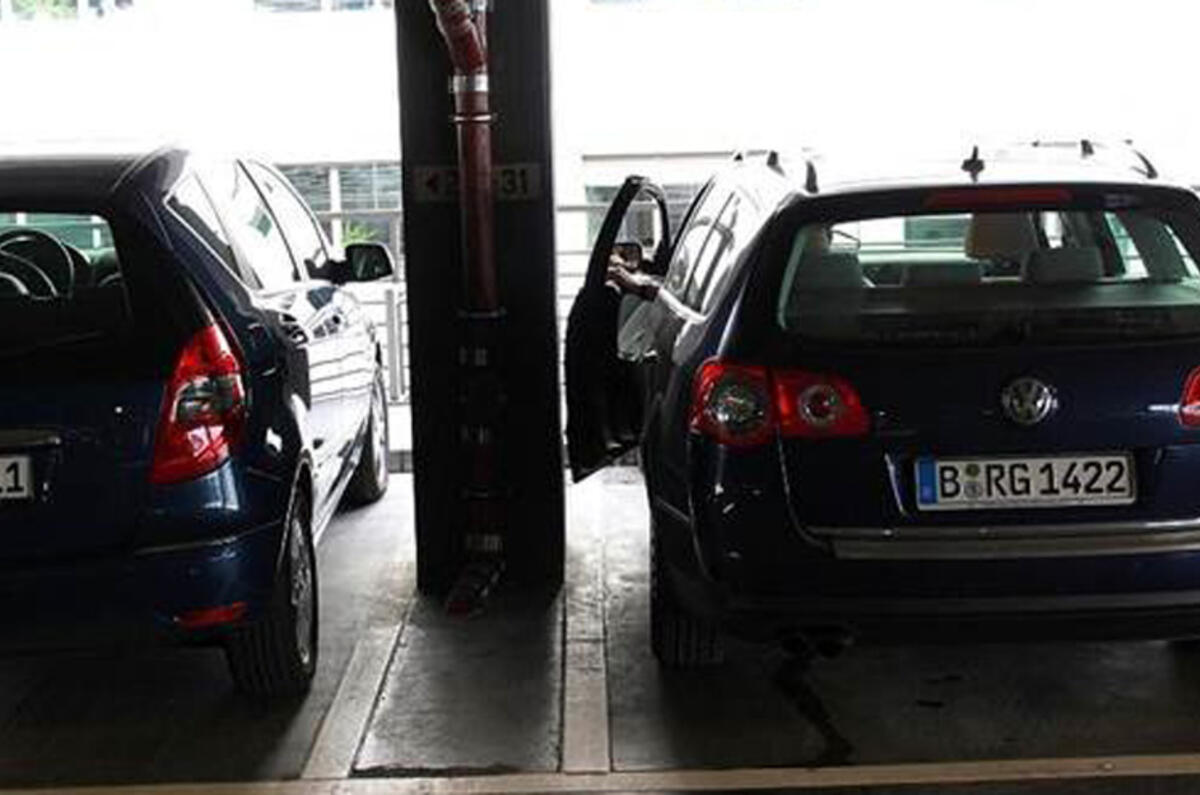
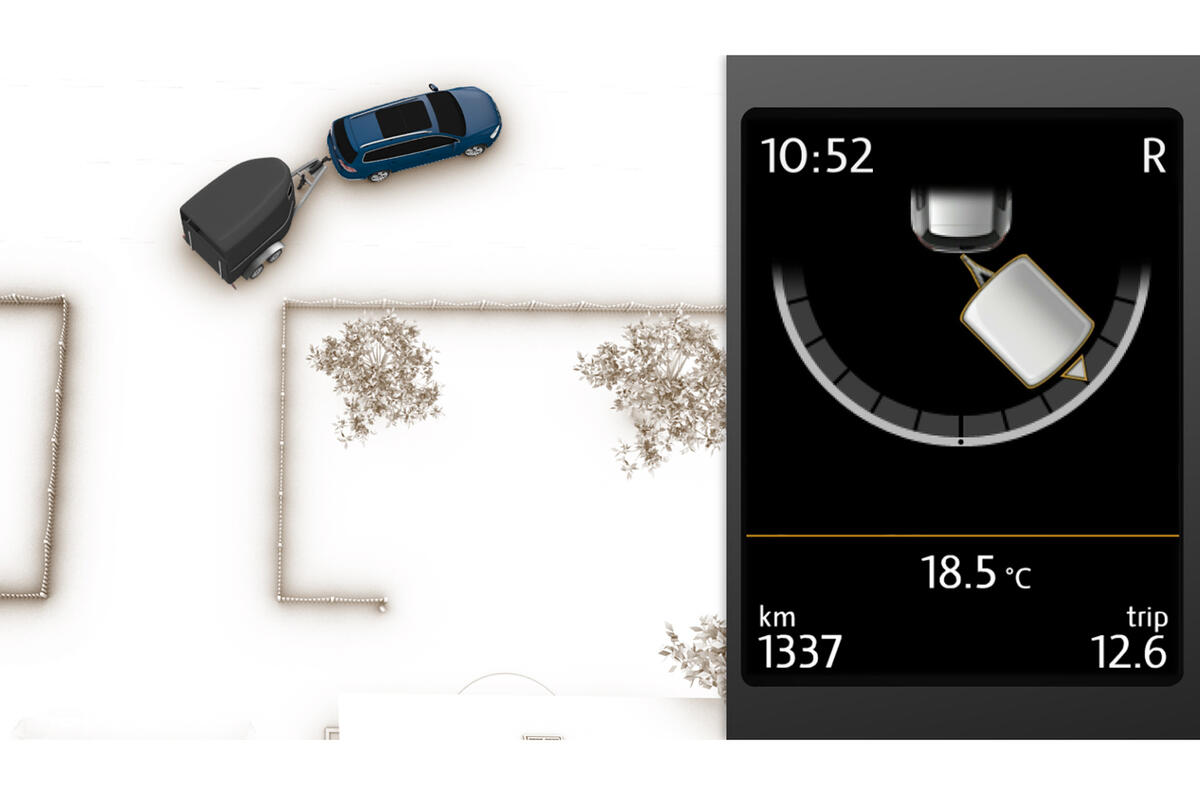
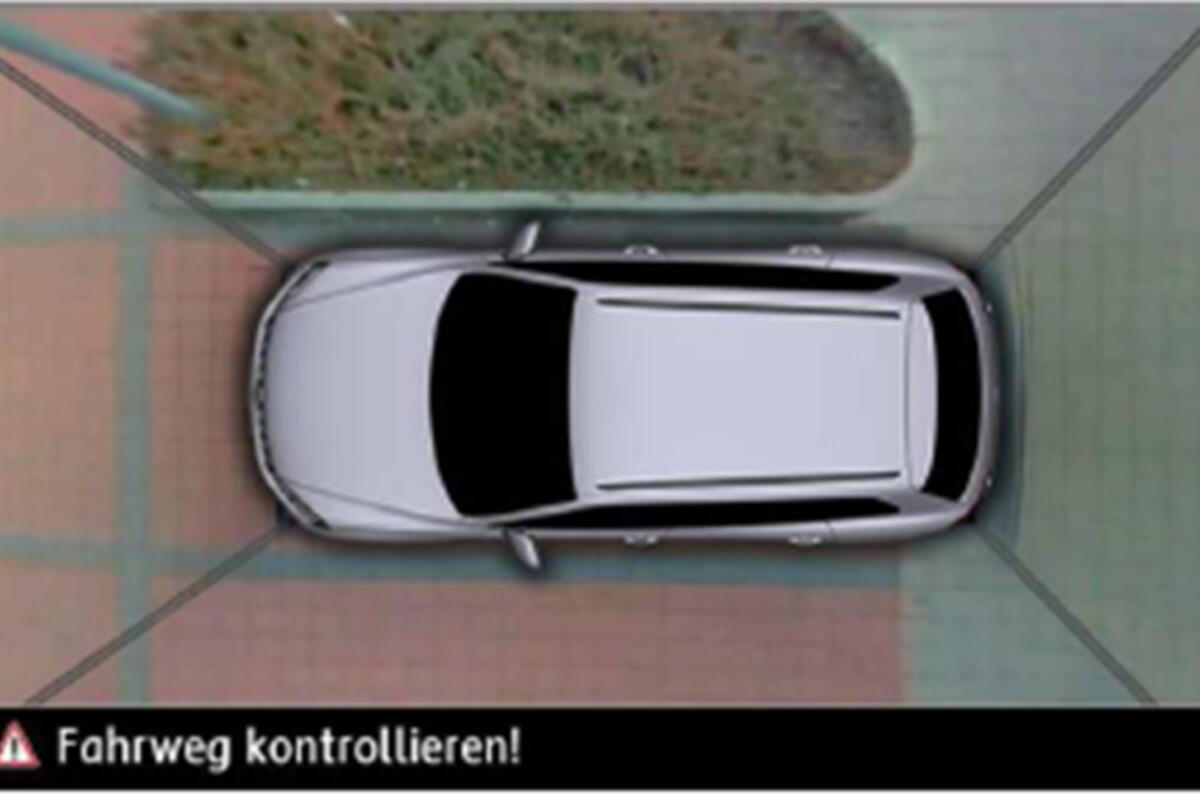


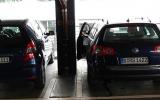
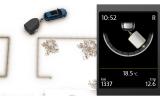
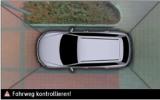
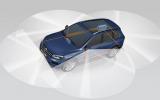
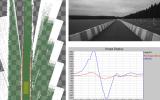



Join the debate
Add your comment
VAG
Autocar, is there any new technology that Audi will have to stop their cars being driven four inches from the car in front?
VAG
No Ben - I think not. Perhaps it could spray paint remover on the car driving too close
Cynical!!!!!????????
Good sales pitch, eh?
Affordable?
Really novel for this manufacturer then.